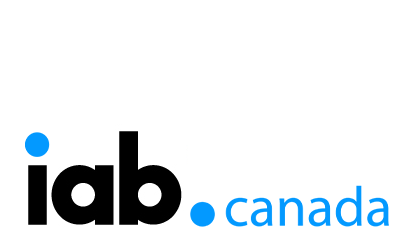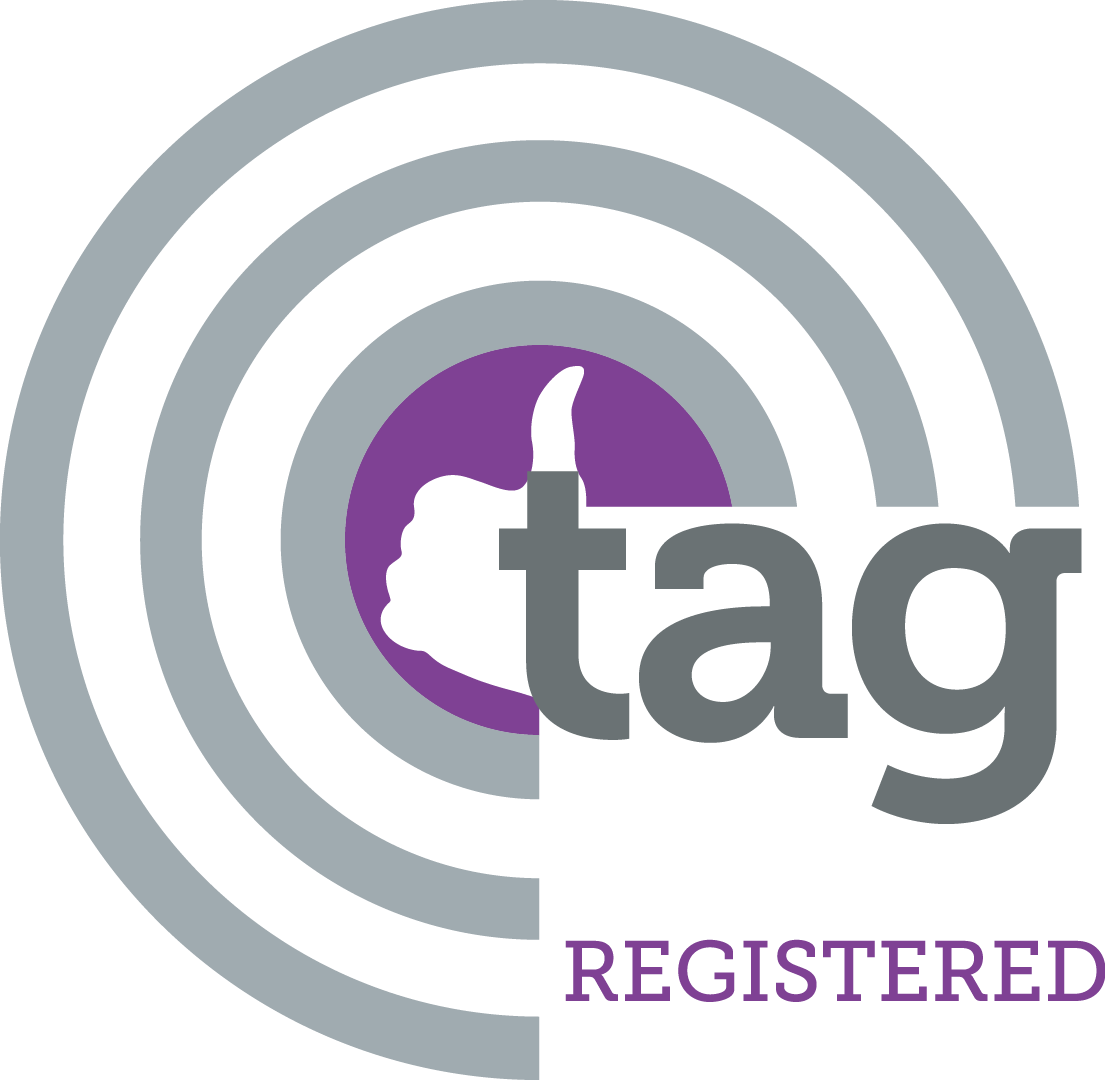
Your Media Dollar Should Double as a Research Dollar
Featured in AdAge
By: Oz Etzioni, CEO – July 28th, 2020
Brands that spend a lot of time and money collecting consumer data often have a problem they do not want to acknowledge but should: Your data doesn’t always tell you as much as you thought it would.
Picture this: You’ve built a customer data platform (CDP) that collects data about your known customers, such as their income, gender and age, as well as where they live and what they buy from you. You look at this data, but your consumers still only amount to stick figures. So, you partner with a company that does data augmentation. You cross-check your profiles against their profiles, match where you can and add probabilistic assumptions where you must. But they are still just stick figures (only with thicker lines).
So, you load your CDP-based audiences into a demand-side platform and start running ads and feeding back what you can tell about engagers, but because you are targeting your lookalikes, what you get back looks very alike. No matter how you try to fine-tune the targeting data from your CDP and data management platform, how much you spend on media, or how hard you try to analyze engagement and sales, you feel it isn’t enough.
This is why I encourage many advertisers to consider how they can better personalize their creative strategies. My company specializes in using artificial intelligence to personalize creative content for our clients’ individual consumers. I have come to believe it’s now essential to make audience insights and learnings a core part of your advertising strategy. This does not mean spending more money. It means approaching media as encompassing research, not analytics.
Why consider personalizing?
I’m finding that customers increasingly expect ads to be personalized — not in a creepy way, but in a way that fits with the way they see the world right now (TV spots that show a group of people having fun at a bar do not look super authentic today, do they?). Brands win audiences by creating connections based on empathy and relevance.
Truly personalizing ad creative involves producing potentially thousands of variations and mixtures of elements such as products, features, colors, offers and locations. It means taking advantage of massive amounts of data on things such as the weather, sports affiliations, local conditions, engagement histories and more. This is where AI often enters the scene: It can help make smart decisions about the best combination of elements to show to the individual on the other end of the impression.
In the time of mass messaging (which, for most advertisers, is still today), you do the opposite: analytics, not research. You ask yourself questions such as: How did the campaign work? Did I spend wisely? Should I buy the same media again or use the same formats or channels? Did we get the sales numbers we forecasted?
When you truly personalize your creative approach, every impression is like a small experiment. Over the course of a campaign, the technology gets smarter about which combinations of elements appeal to which audiences, in which locations, at which times and in which individual circumstances. This gives you an understanding that you can apply both to the next media or creative campaign and to every other consumer touch point.
How can you get started?
Personalizing your creative strategy might sound hard, but technology makes massive variations in creative relatively simple to produce and easy for media agencies to traffic. So, while your media dollar is doing extra duty as a research dollar, it’s also just a better way to spend your media dollar.
Is it really as simple as that? It can be if you are incorporating this as part of your strategy from the outset. But of course, there are always a few challenges to consider, the main ones being having your data in order and being clear on what you’re trying to achieve with personalization. To help with this, you’ll need to define your KPIs and goals and understand (or consult with your personalization partner) how you can best measure those goals and what data is required for executing to achieve those goals. Only then should you organize your own data and make sure that:
1. You have the data required (or whether you need to license it or find a partner with a data source).
2. Your data is well organized in a way that it can be used for execution and analysis.
Like every experiment, you have to have an idea of what you want to learn so that you test the right variables. Don’t be intimidated by the sea of available data; choose a few elements that might respond to data in different ways so that you can get clarity in your research.
Keep in mind that any good research has as an output of more questions. The teams involved have to embrace looking at media as an opportunity to learn and not only to deliver impressions.
Remember: This is a team effort. All stakeholders — including the brand, creative agency, media agency and data partners — must be in sync. Ensure you’re sharing not only KPIs, but also a mindset and a common language around the research component. And for the brand, this information must be disseminated throughout the organization to have the impact it can on other touch points.
By taking steps to personalize your creative strategy, your stick figures will start to look like real people, and you can communicate with them on an individual, more human level.
And you won’t spend an extra dollar to do it.



